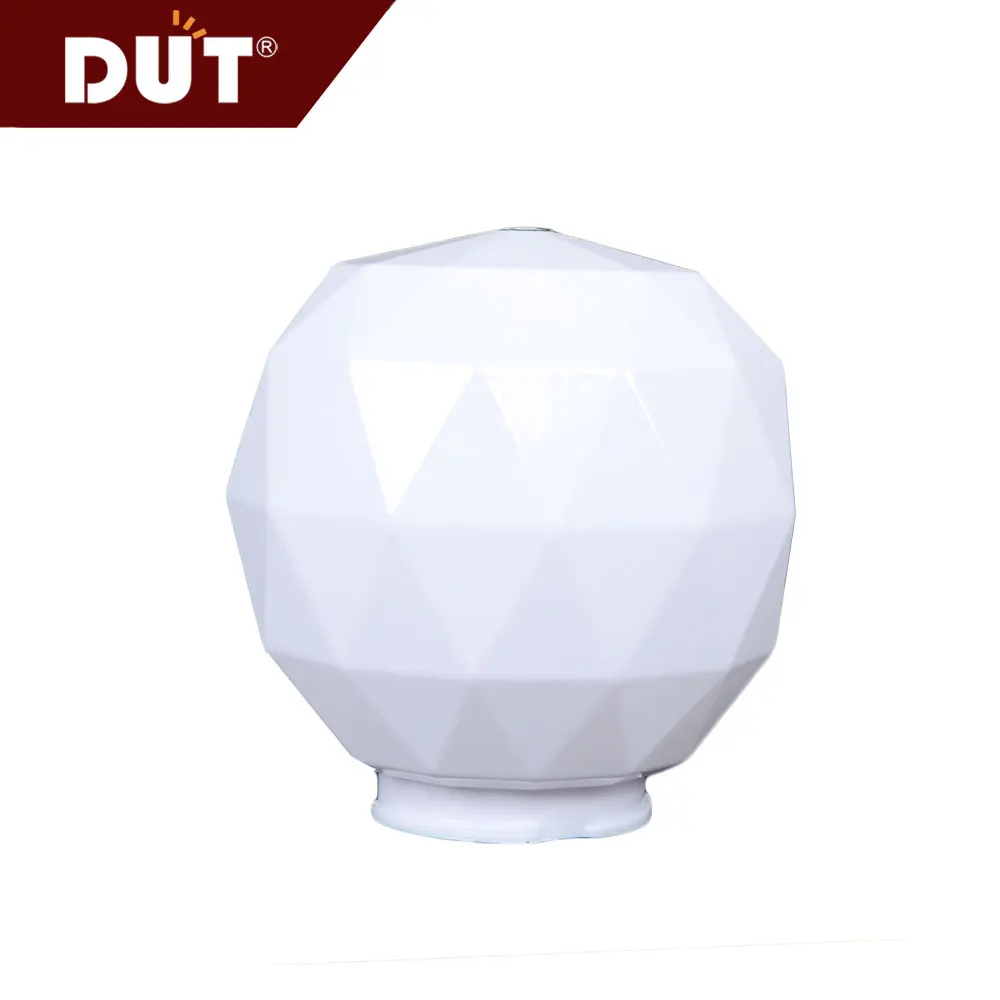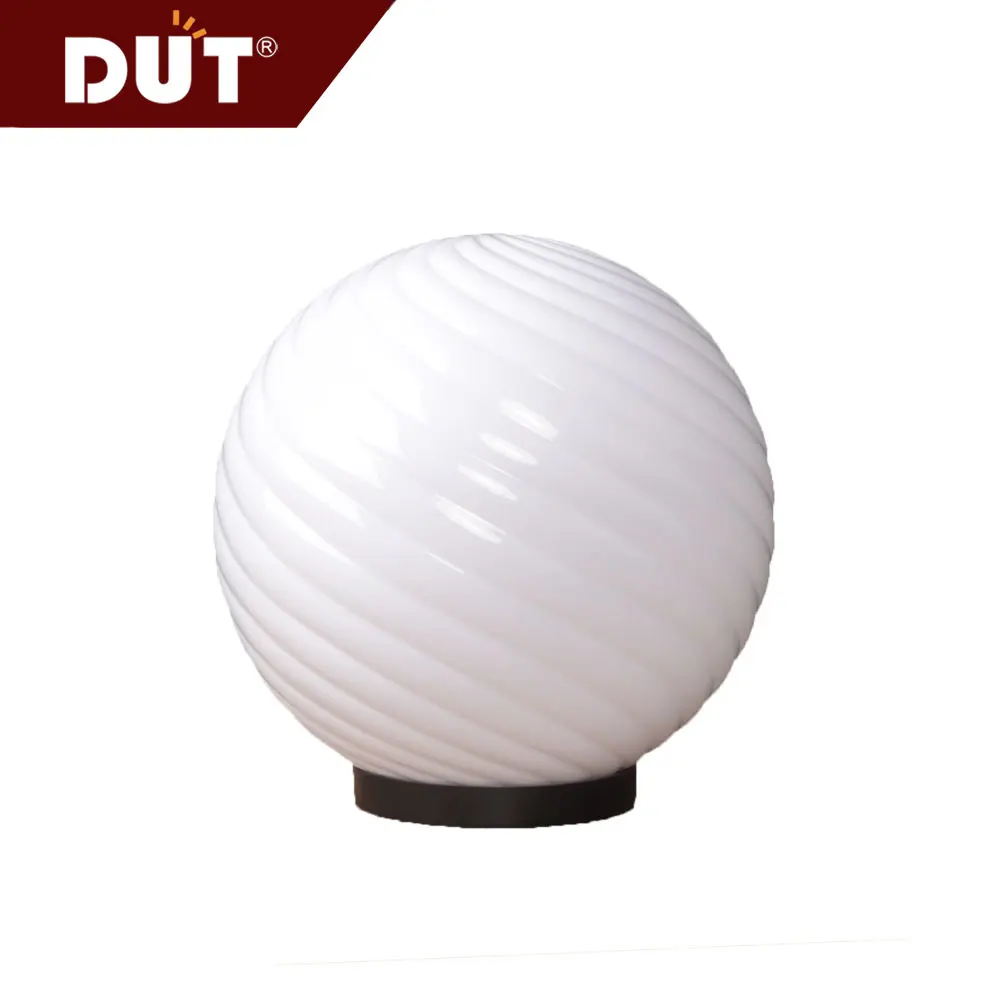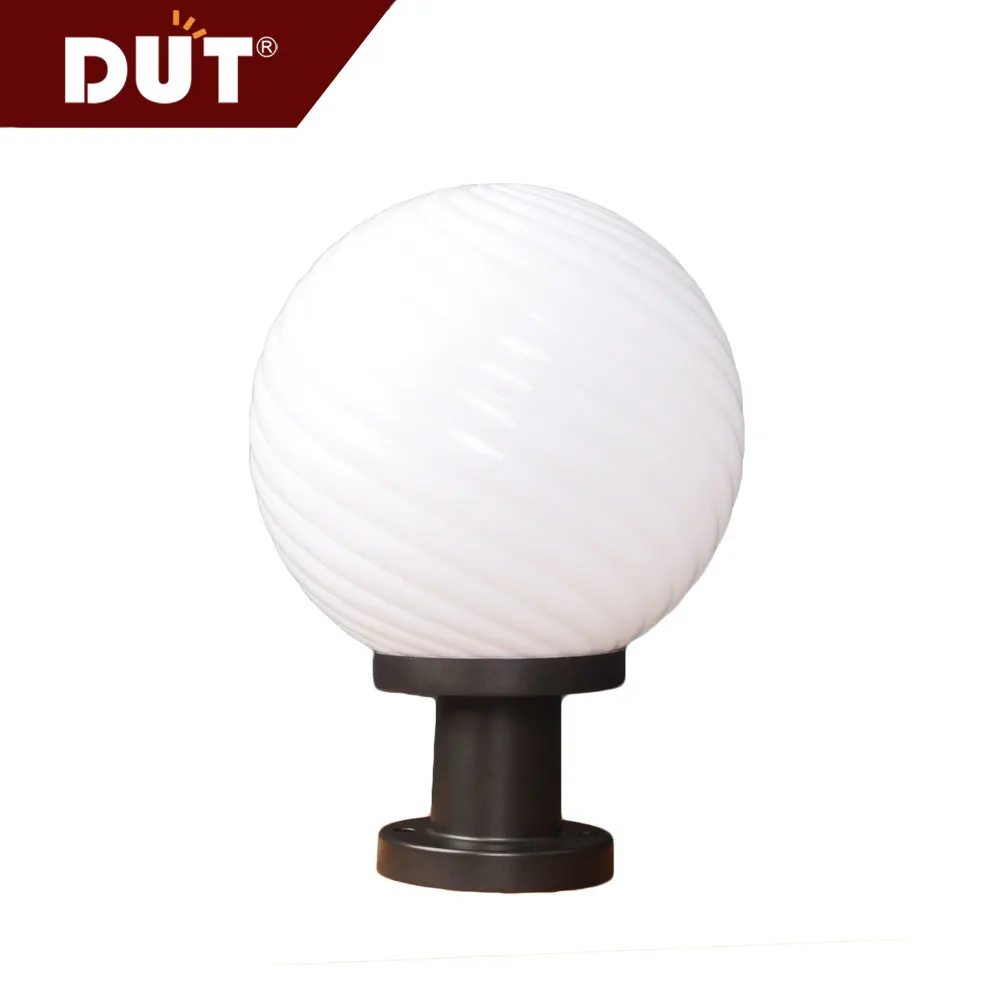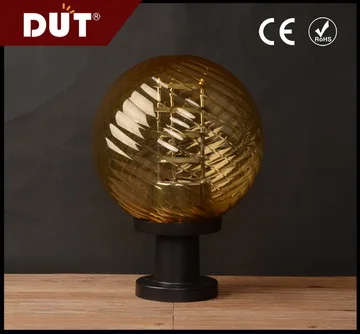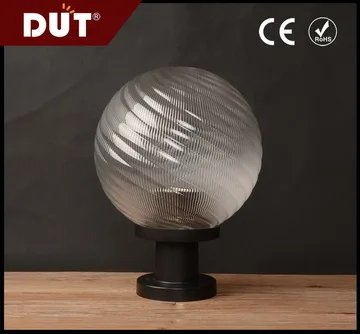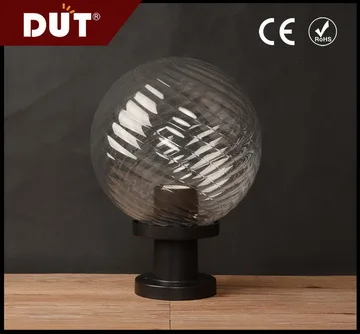PMMA: The Ultimate Guide for Buyers in 2025
PMMA, also known as acrylic or plexiglass, is a versatile thermoplastic widely used in industries ranging from automotive to construction. Its clarity, durability, and UV resistance make it a preferred choice for many applications. This guide will help you understand the key aspects of PMMA and how to source it effectively.
How to Find Reliable PMMA from China in 2025
China remains a leading supplier of PMMA, offering competitive pricing and high-quality products. To find reliable suppliers:
- Check certifications like ISO 9001 and RoHS compliance.
- Review supplier ratings and customer feedback on platforms like Alibaba.
- Request samples to test quality before bulk orders.
- Verify production capacity and lead times.
What Buyers Should Know Before Buying PMMA from China
Before purchasing PMMA from China, consider the following:
- Shipping Costs: Factor in logistics expenses, which can vary significantly.
- Customs Regulations: Ensure compliance with import laws in your country.
- Payment Terms: Negotiate secure payment methods to mitigate risks.
- Minimum Order Quantity (MOQ): Confirm MOQ requirements to align with your needs.
Types of PMMA
PMMA comes in various forms, each suited for specific applications:
- Extruded PMMA: Cost-effective and ideal for general-purpose use.
- Cast PMMA: Higher clarity and durability, suitable for premium applications.
- Impact-Modified PMMA: Enhanced toughness for demanding environments.
- UV-Resistant PMMA: Designed for outdoor use to prevent yellowing.
Functions and Features of PMMA
PMMA offers several unique benefits:
- Optical Clarity: Transmits up to 92% of visible light, outperforming glass.
- Lightweight: Half the weight of glass, reducing transportation costs.
- Weather Resistance: Withstands UV rays and extreme temperatures.
- Ease of Fabrication: Can be cut, drilled, and thermoformed easily.
Scenarios of PMMA
PMMA is used in diverse industries:
- Automotive: Light covers, dashboards, and windows.
- Construction: Skylights, partitions, and signage.
- Medical: Surgical instruments and dental devices.
- Consumer Goods: Aquariums, displays, and furniture.
How to Choose PMMA
Selecting the right PMMA depends on your project requirements:
- Application: Match the type of PMMA to your use case (e.g., UV-resistant for outdoor).
- Thickness: Choose based on structural needs and durability.
- Color and Finish: Opt for clear, tinted, or textured finishes as needed.
- Supplier Reputation: Partner with trusted manufacturers for consistent quality.
PMMA Q & A
Q: Is PMMA better than glass?
A: Yes, PMMA is lighter, more impact-resistant, and offers better optical clarity than glass.
Q: Can PMMA be recycled?
A: Yes, PMMA is recyclable, though recycling facilities may vary by region.
Q: How long does PMMA last outdoors?
A: UV-resistant PMMA can last over 10 years without significant degradation.
Q: What’s the price range for PMMA?
A: Prices vary by type and quantity, typically ranging from $2 to $10 per kilogram.
Q: How do I clean PMMA surfaces?
A: Use mild soap and water; avoid abrasive cleaners to prevent scratches.



